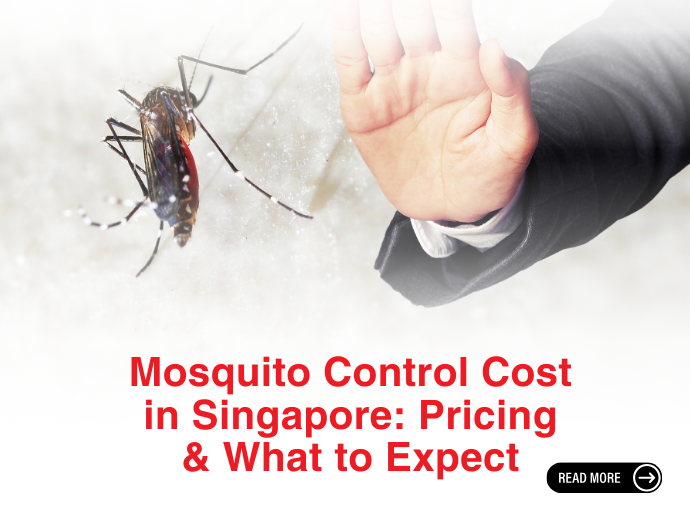Integrated Pest Management
With increasing resistance of insects to existing pesticides, and growing concerns for the environment, conventional pest control methods are largely becoming obsolete. More pest management companies are combining different methods and strategies, coming up with comprehensive solutions for pest control and eradication.
What is it and Why is it Needed?
Integrated Pest Management, or IPM, is a wholesome approach that goes beyond mere eradication of the pest. It includes implementing preventive measures, targeting the problem at its source. In fact, one could consider IPM as consisting of 80% prevention measures, and 20% actual eradication. Additionally, IPM incorporates science, requiring knowledge on pest biology and behaviour, as well as procedures that are environmentally responsible.
If a pest management company is conducting IPM, it should offer the following:
1. Inspection - Detailed survey of your premises, including above false ceilings, between cracks and crevices, underneath piping and sinks of laboratories, in drains surrounding your premises, and in rooftop gardens. Inspection of certain insects such as bed bugs might require the use of a detection dog.
2. Identification - A proper understanding of pest biology and behaviour is required to identify the pest at hand, including the particular type of species. This is important because different control measures are needed for different species (e.g. German Cockroach vs American Cockroach).
3. Recommendation - Depending on the species of pest and potential environmental concerns, the pest manager would make recommendations on the type of eradication methods, as well as the suggested frequency of treatment. Where possible, recommendations should be environmentally-friendly, such as the use of microbes or insect hormone mimics to disrupt their life cycles, instead of synthetic chemicals. Additionally, he should also recommend preventive measures, such as using door seals to prevent pest entry, keeping containers clean and dry, proper product and food storage, and proper clean-up of spilled products.
4. Treatment - Treatment should be carried out at the appropriate time, according to the pest’s behaviour (for example, bees would be out of their nests in the daytime, hence bee eradication should be done at before dawn or after dusk). Also, the frequency of treatment should be appropriate to its life cycle.
5. Evaluation - After treatment, the pest management expert should give a proper evaluation, reporting if the desired outcomes were achieved, and suggestions of improvement of both eradication and preventive measures. Over time, the relevance of the treatment method to the premises has to be reviewed and adjusted accordingly.
As a whole, IPM focuses on solving the issue at its source and is preventive, rather than conventional pest control methods that are reactive. It is science-driven while minimising adverse impacts on the environment.
Packages that offer IPM are often more cost-effective in the long term, as it addresses the root of the problem rather than mere pest elimination. Thus, do look out for pest management companies with comprehensive and customised IPM packages for your pest management needs.
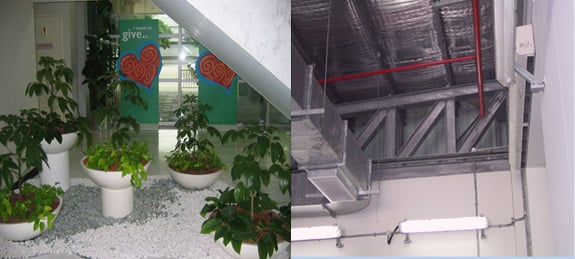
A thorough inspection of premises includes checking potted plants or stagnant water accumulation, and above ceilings for signs of pests and potential entry points.
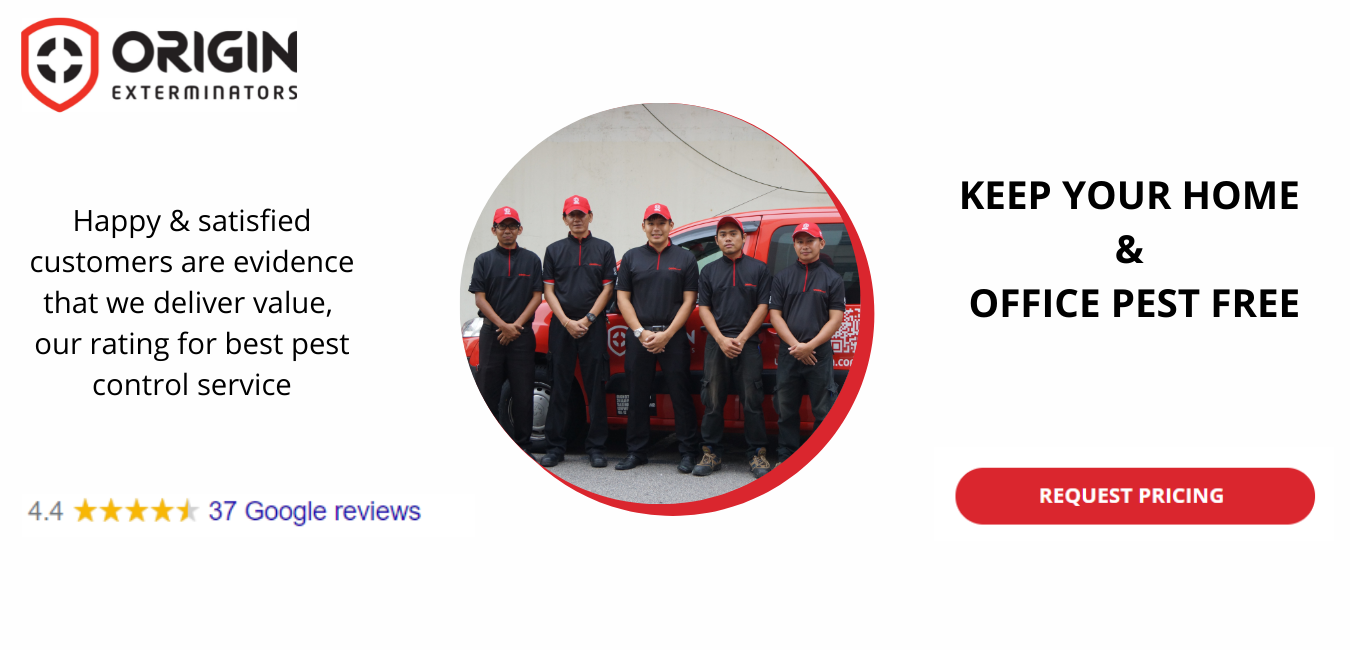
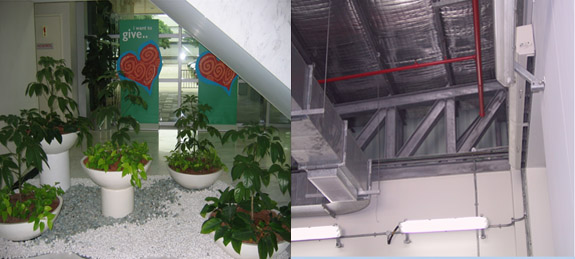


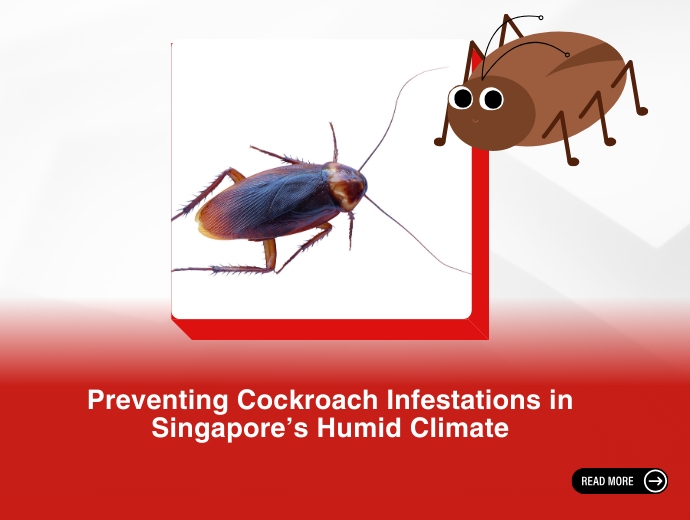
.png)
